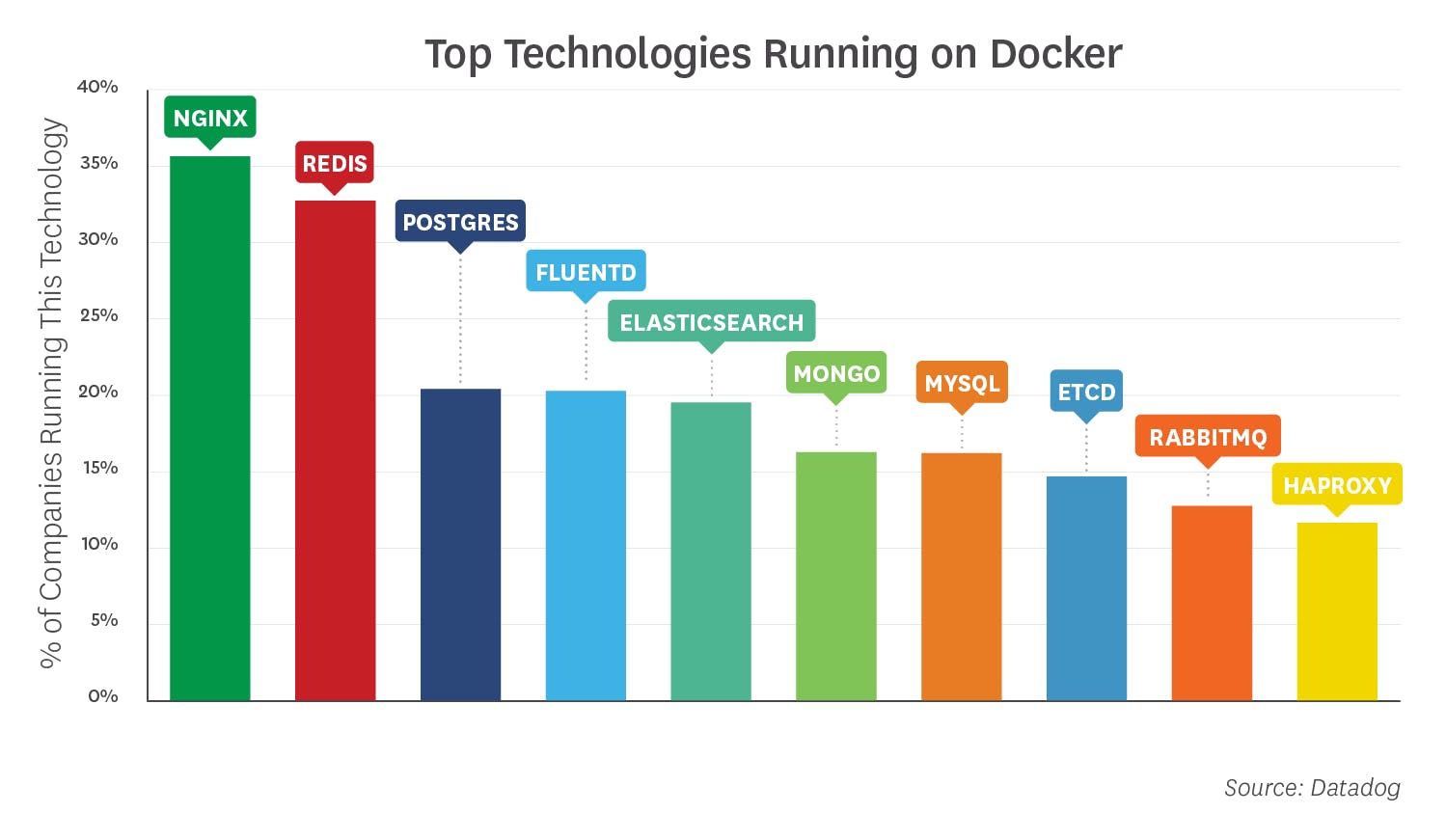Wait... NGINX can do WHAT?!
|
This issue is brought to you by:
Reliable DNS hosting & domain name management
With DNSimple!
From a streamlined interface to single-click integrations, DNSimple delivers the tools you need to simplify your day. Developers and system admins love our single-click integrations and automation tools for domains, DNS, and more. Enterprise teams simplify management of the most complex domain environments through our NEW Domain Control Plane.
|
|
Most developers think they know NGINX.
It’s that reliable web server, right...?
Well, that barely scratches the surface of the monster hiding in plain sight.
I recently realized that while everyone usually see it as just a web server, it is actually a battle tested beast that runs over 33% of the internet (yes, really).
"As of April 2025, W3Tech's web server count of all web sites ranked Nginx first with 33.8%."
It goes way beyond serving HTML files:
It can be an API gateway, a load balancer, a content cache, and even a mail proxy.
It’s probably the best reverse proxy ever built, and many people are still sleeping on its true power.
The 10,000 Connection Bottleneck
Back in 2002, the internet faced a massive hurdle known as the C10K problem.
Servers simply couldn't handle 10,000 simultaneous connections without crashing or lagging out.
The hardware existed, but the software architecture was the bottleneck.
This was a big deal because as the web grew, traffic spikes were becoming the new normal.
If you couldn't serve concurrent users efficiently, your infrastructure would crumble under the weight of its own popularity.
Throwing More Tools at the Problem
Usually, when we try to solve scale we overcomplicate things.
We spin up a separate load balancer service, then add a dedicated caching layer like Redis or a CDN like cloudflare.
We might use a different tool for an API gateway to handle rate limiting, then we configure a separate SSL termination service.
Before you know it, you've got yourself infrastructure sprawling with services and different systems, not realizing how much overlap and inefficiency it brings, not to mention a nightmare to maintain and fix.
Complexity Kills Performance
The problem with that approach is the sheer overhead.
Managing five different services means five different configuration syntaxes and five potential points of failure (especially when humans are involved, but moreso, with AI).
It hurts your memory footprint and costs a fortune in cloud infra bills.
You end up spending more time managing your infrastructure tools than actually building your product.
The Swiss Army Knife
This is where NGINX changes the game by doing everything in one place with an insanely low memory footprint, not to mention its PERFORMANCE. This thing can handle 1M simultaneous requests, yes 1,000,000 a second!
Instead of a dozen tools, you use directives in a single config file.
Let's start with the most famous feature, the Reverse Proxy:
This intercepts requests and forwards them to your backend, acting as a shield.
You can route traffic to different internal ports or servers seamlessly:
But wait, it gets better because NGINX is also a massive Content Cache!
Instead of hitting your backend API for every request, NGINX can cache the response.
This turns your server into a mini CDN(!!) delivering sub millisecond responses:
Then there is the bandwidth issue. Huge JSON responses hurt latency.
NGINX is a monster compressor!
You can squeeze a file down by 30 times its size just by enabling GZIP:
And of course, let's not forget, the mighty Load Balancer.
You don't need an expensive AWS load balancer when NGINX can distribute traffic across multiple backends using round-robin or IP hash methods:
upstream backend { server 10.0.0.1; server 10.0.0.2; }
It can even handle SSL Termination, listening on port 443 and handling the encryption so your app doesn't have to:
ssl_certificate /etc/nginx/ssl/cert.pem;
It can serve as an API Gateway to throttle requests and prevent abuse:
limit_req zone=mylimit burst=20;
And yes, it even has modules for Media Streaming to buffer movies and manage bitrates.
The best part is how efficient this is in the modern container world.
Docker found it to be the most deployed technology for a reason:
The default container, while no huge, can be massively improved:
You can run an Alpine Slim version of NGINX that is only 12MB in size.
That is absolutely wild for the amount of functionality packed inside.
If you want to visualize all of this, there is even an open-source tool called NGINX UI that gives you a dashboard for your metrics, and many like it in the wild!
It is important to stress that K8s are retiring the nginx ingress controller, but this doesn't point at performance or flexibility issues but rather the opposite: the team has found nginx to bee "too flexible" and would like to have more rigid controllers not allowing certain features like snippets to run on the kubernetes edge.
Nginx really is a beast and a staple for any engineer working with infra.
I hope this was valuable! Thank you for reading.
Feel free to reply directly with any question or feedback.
Have a great weekend!
Whenever you’re ready, here’s how I can help you:
|
|
